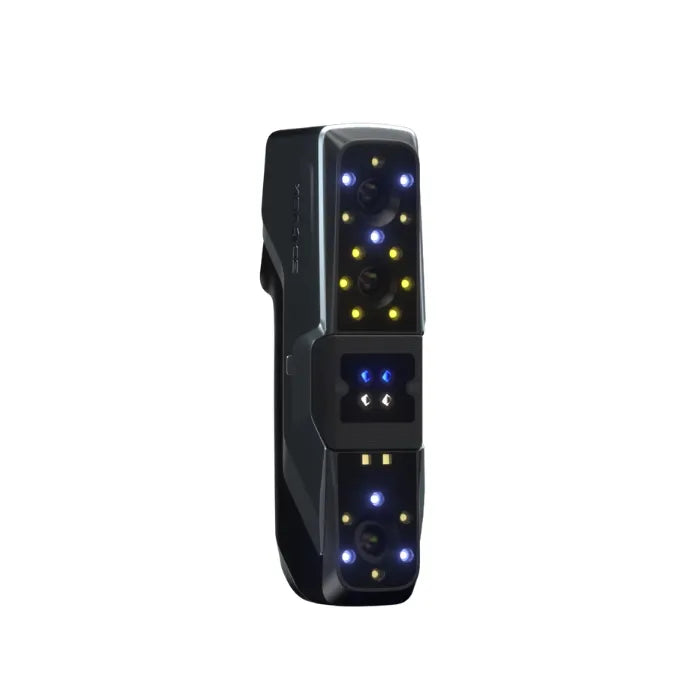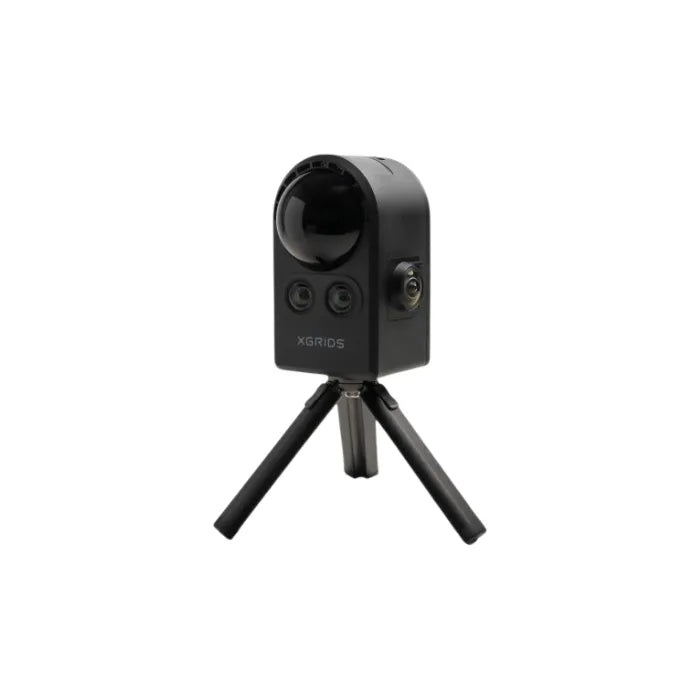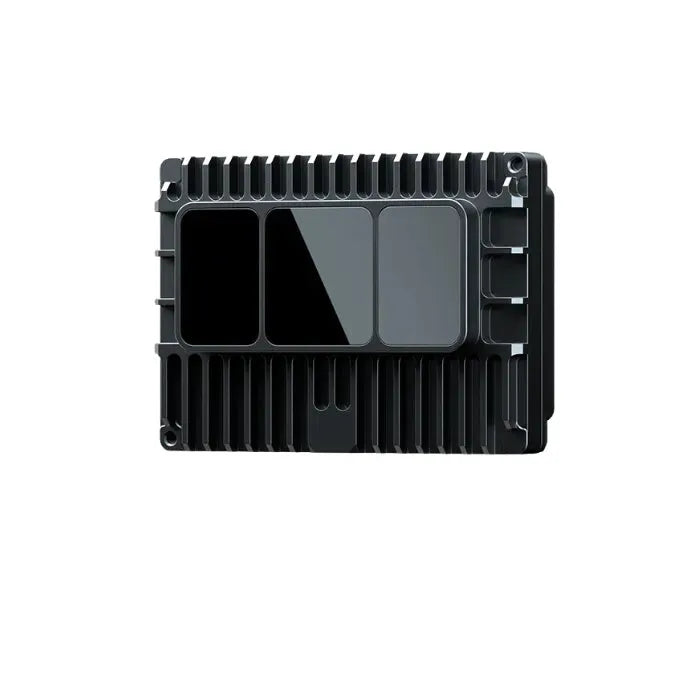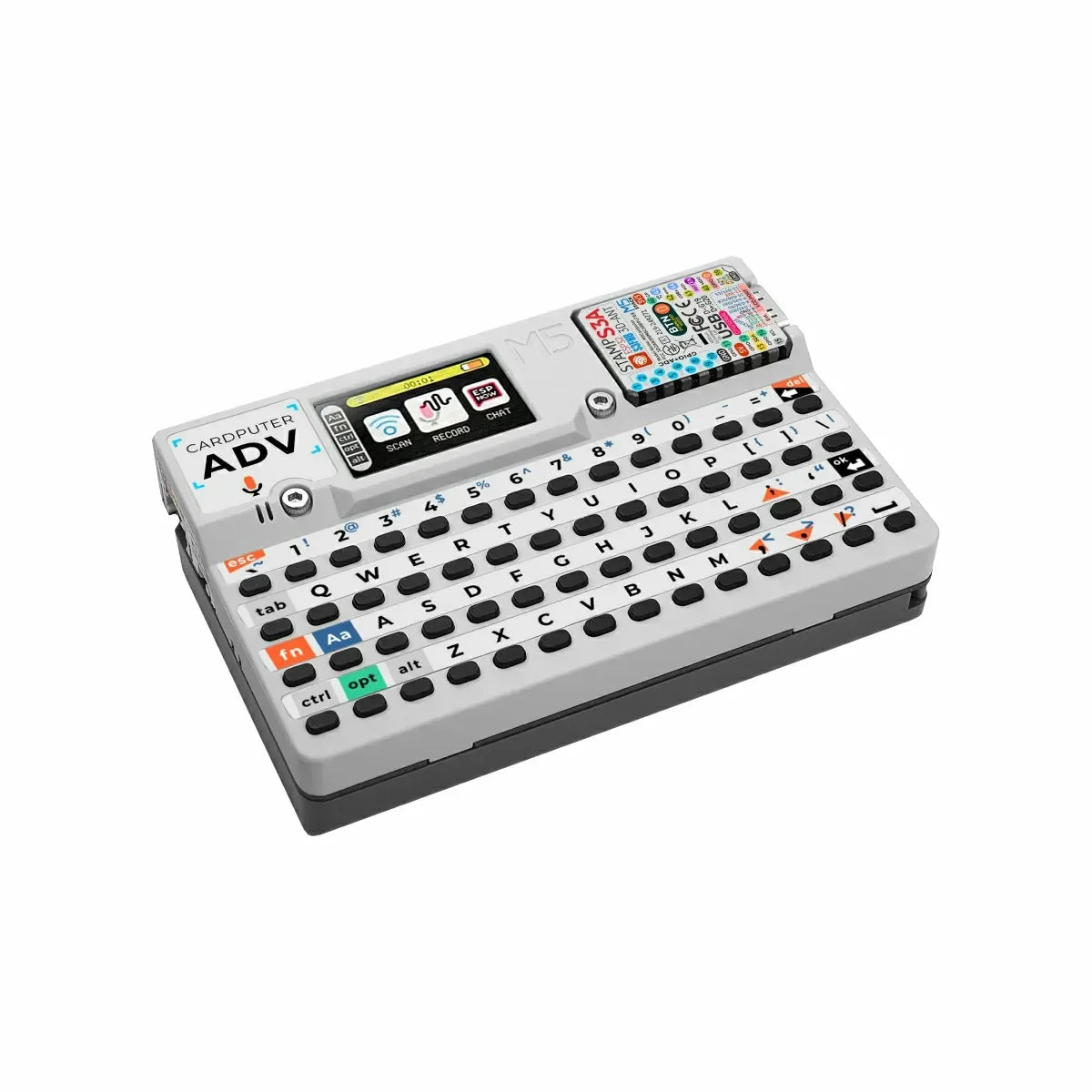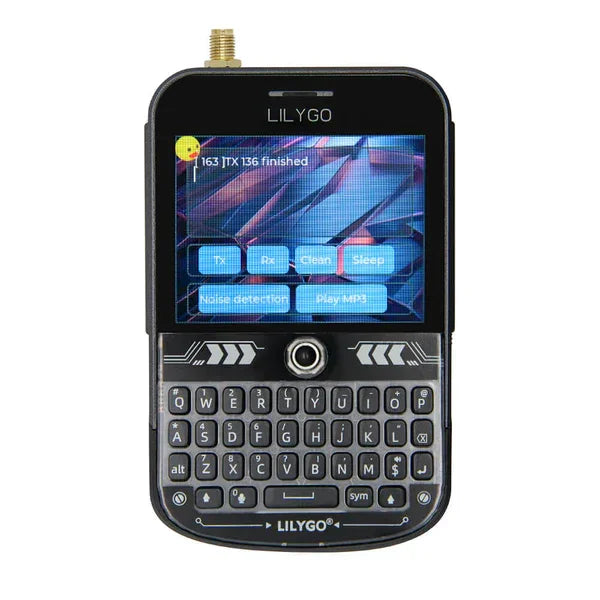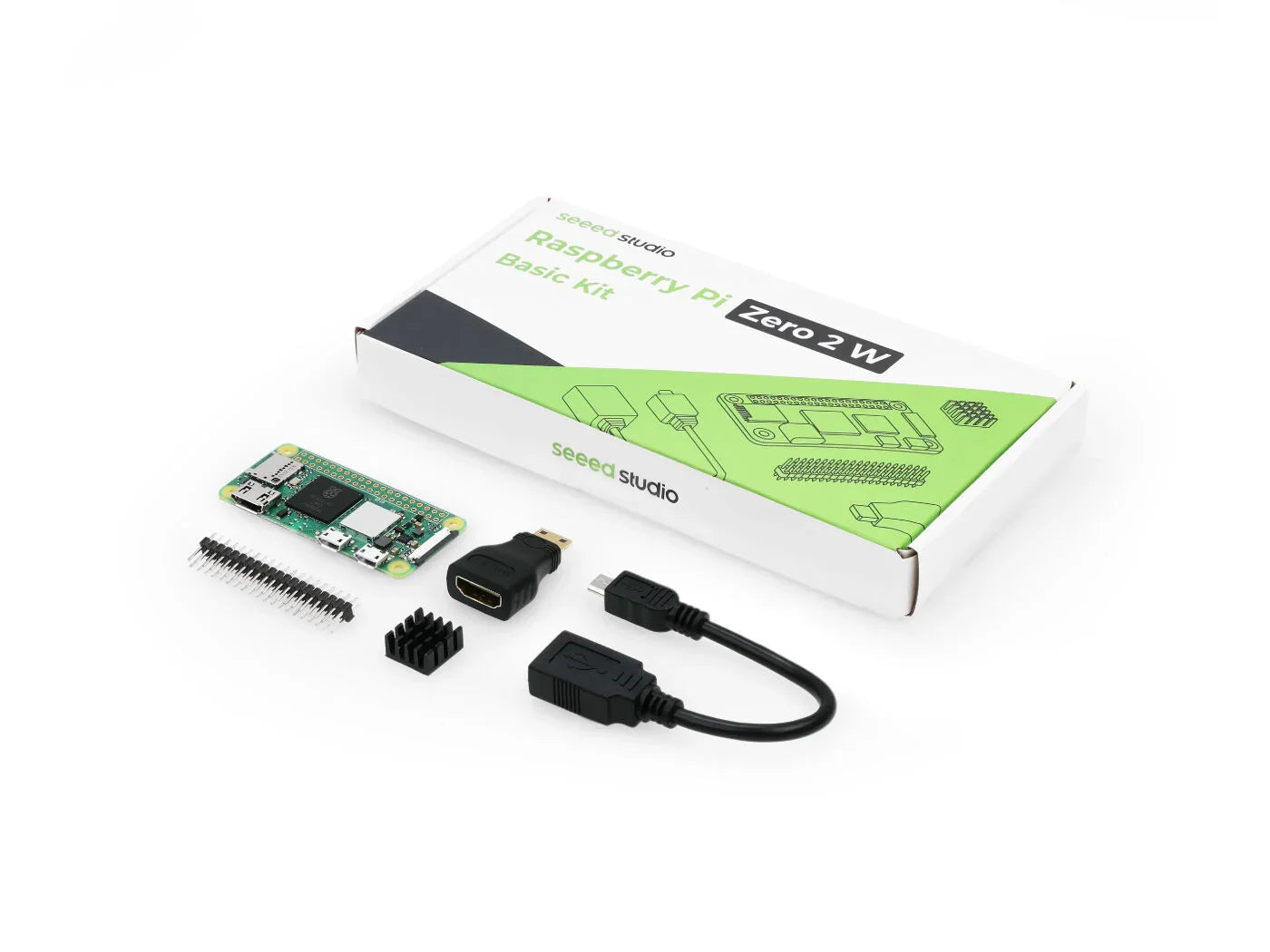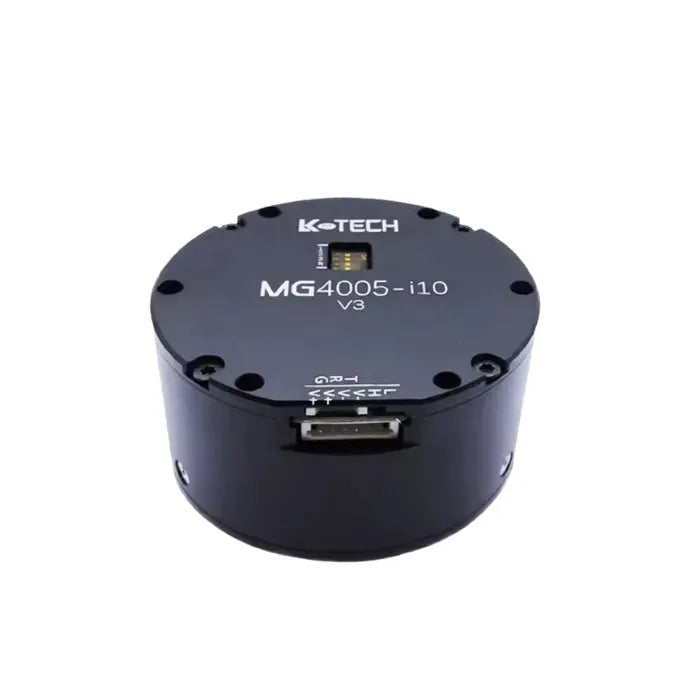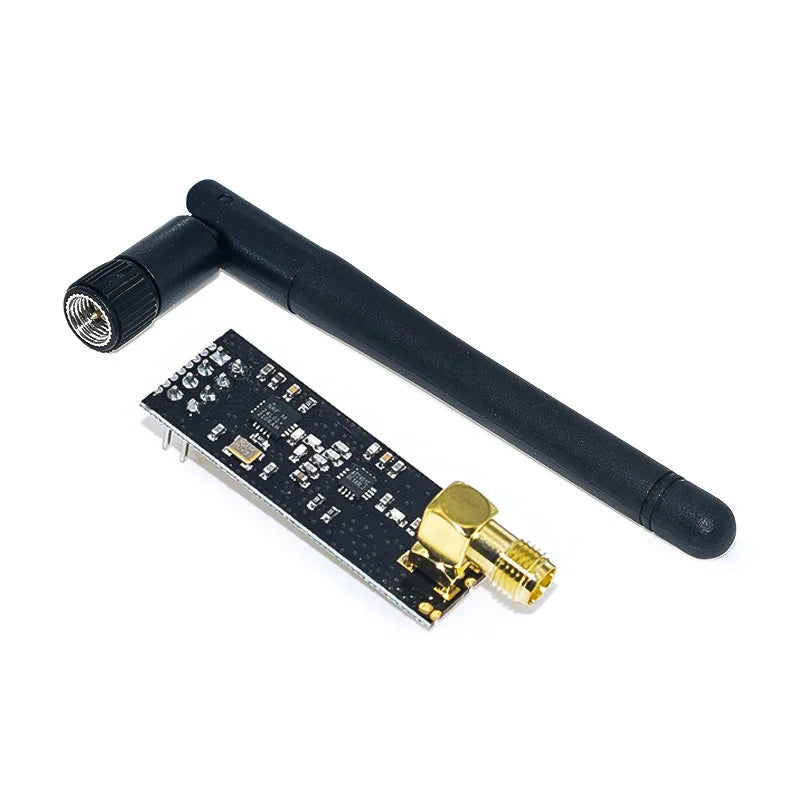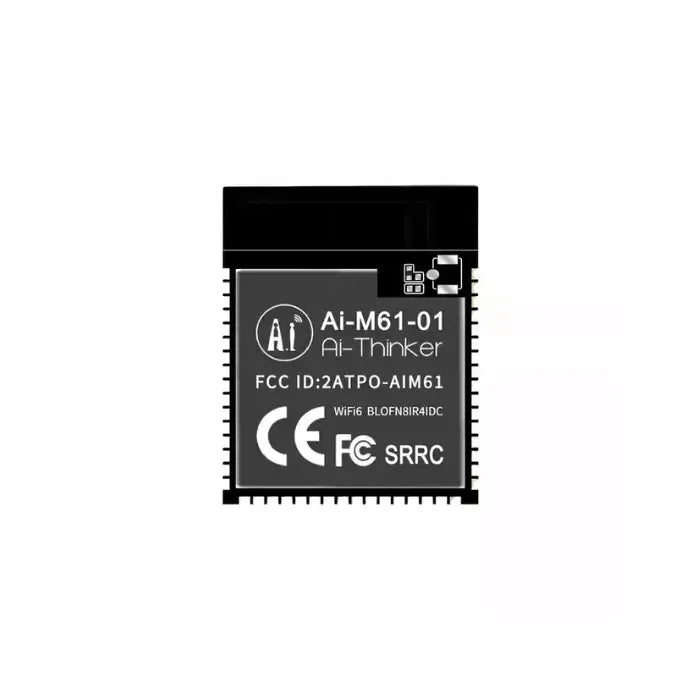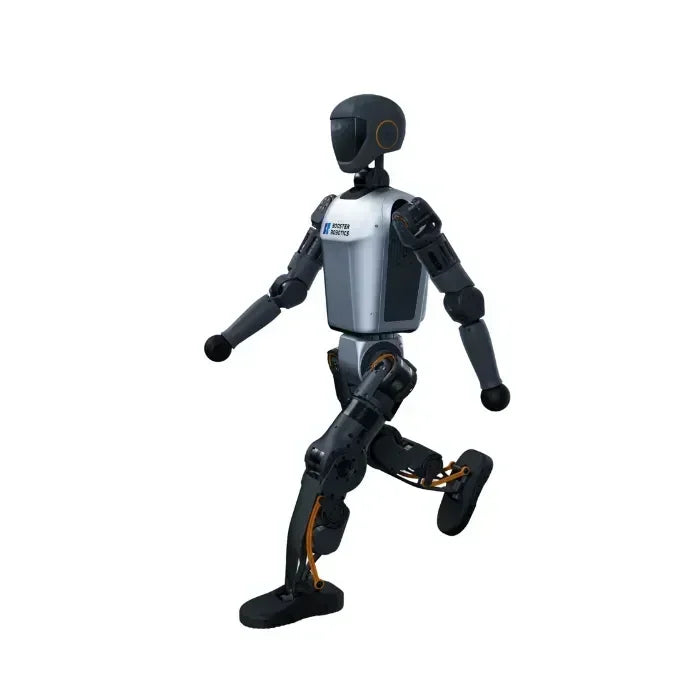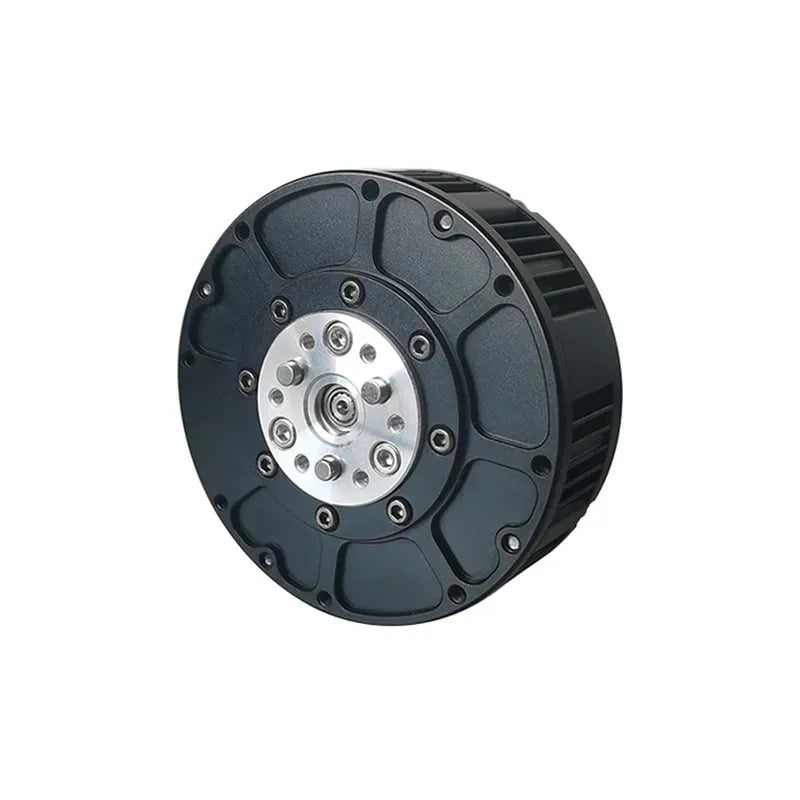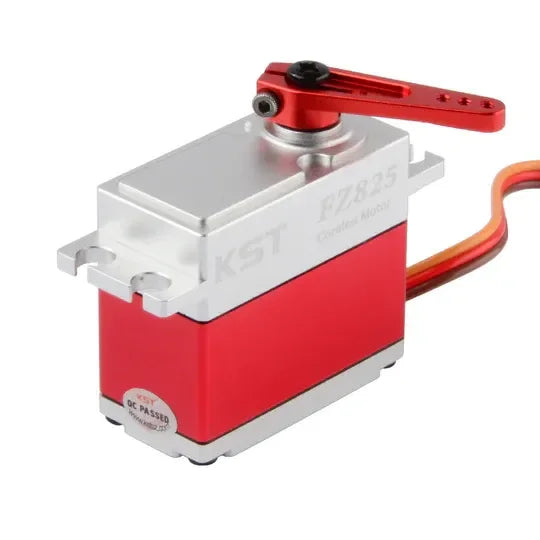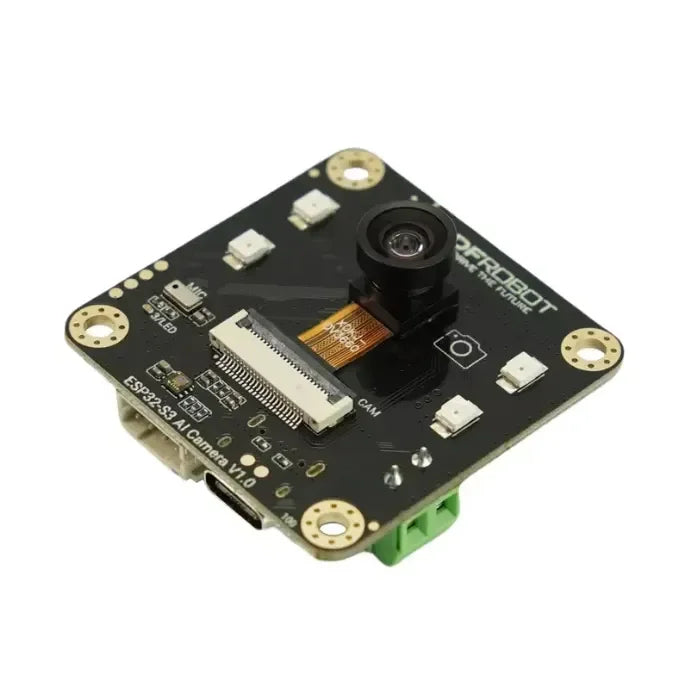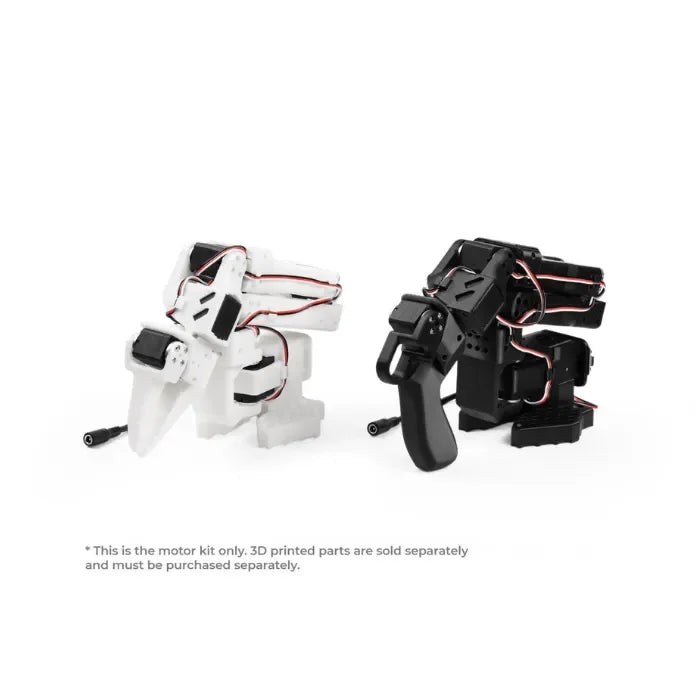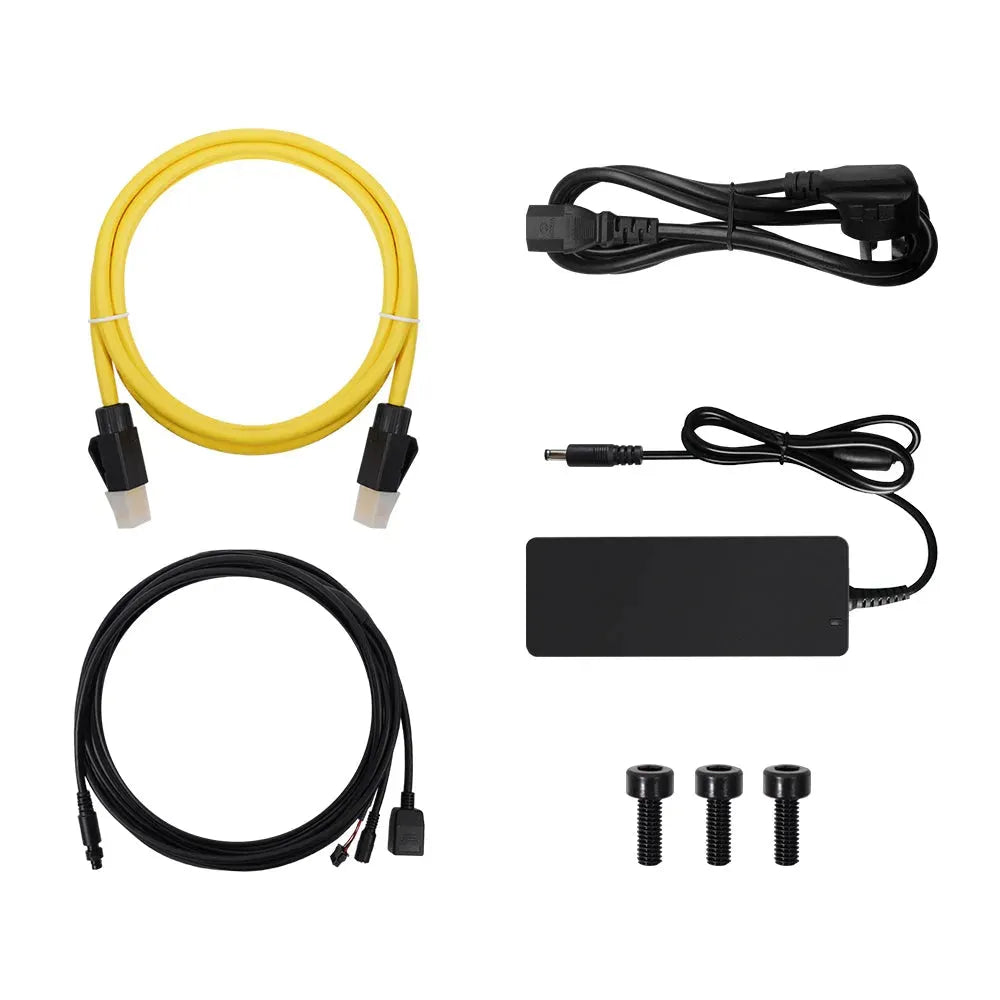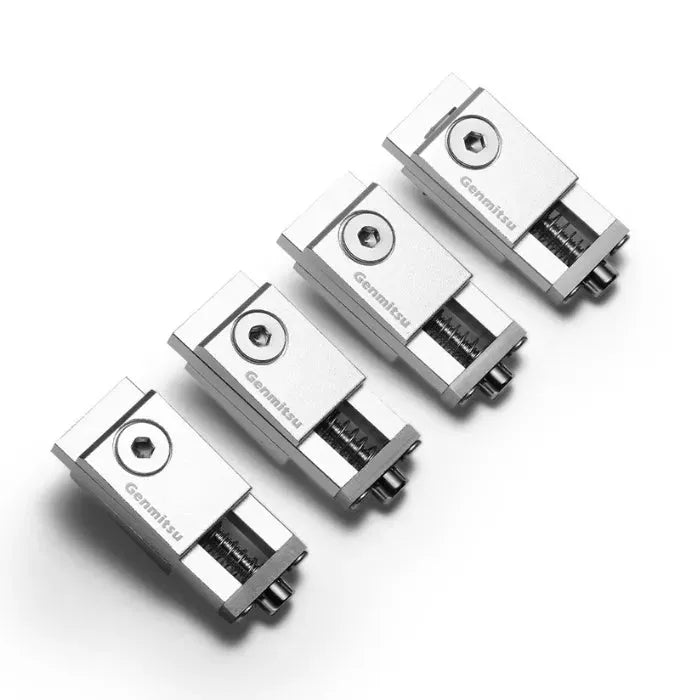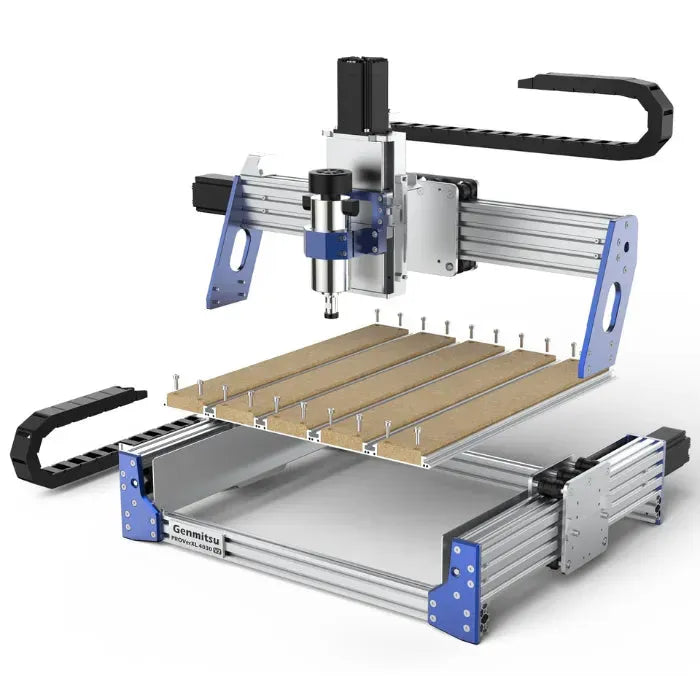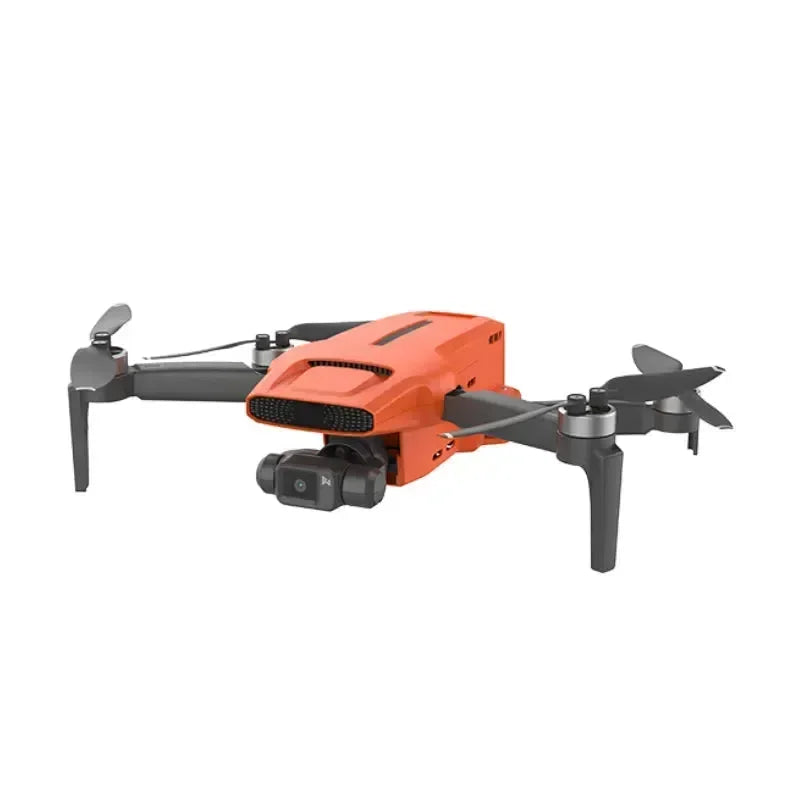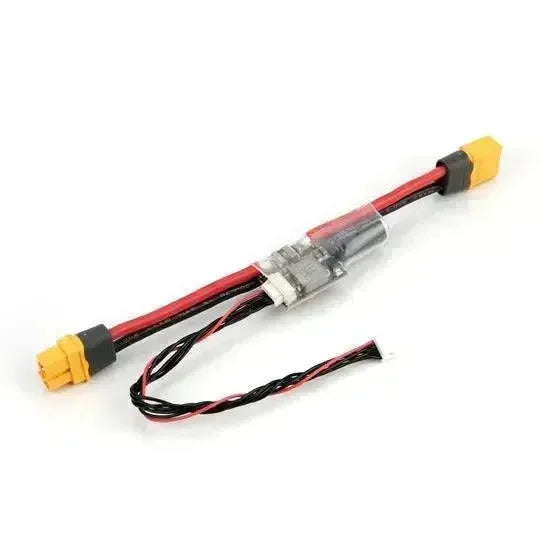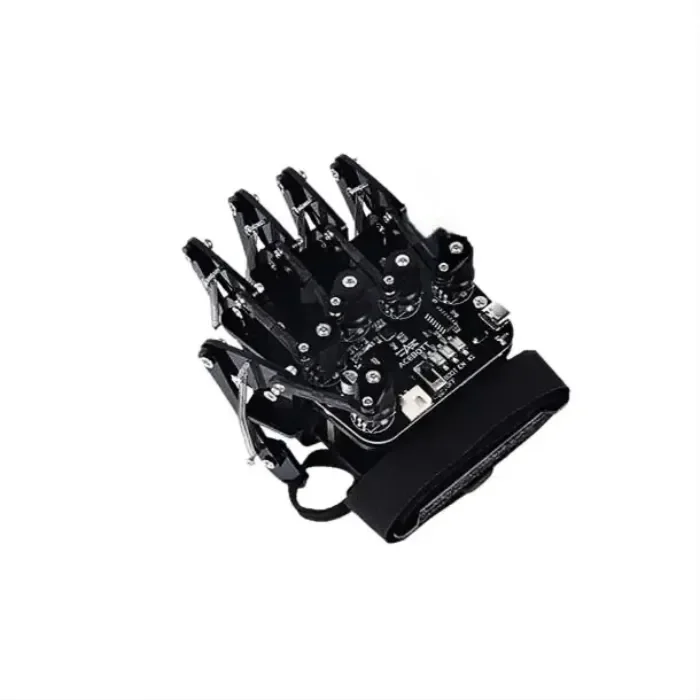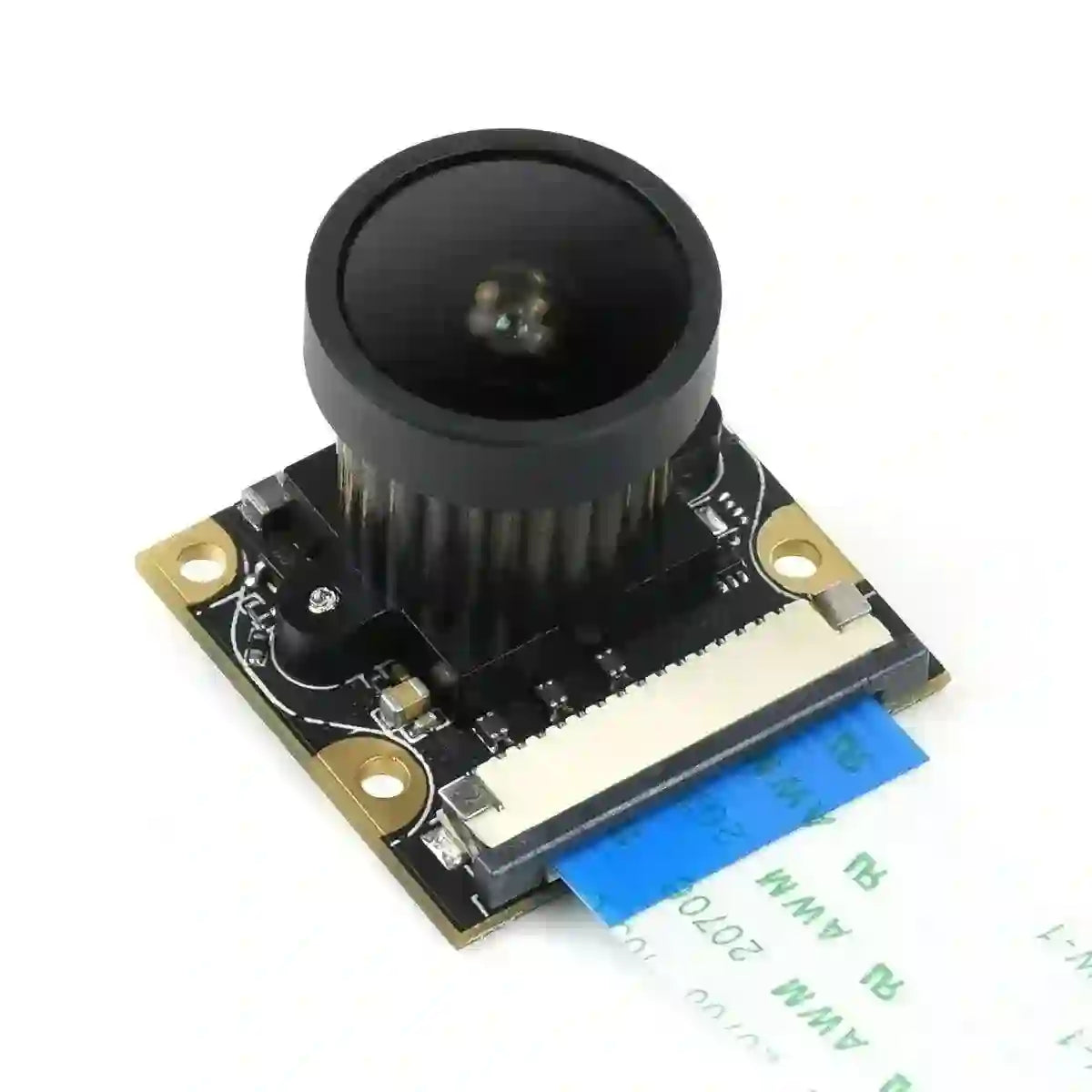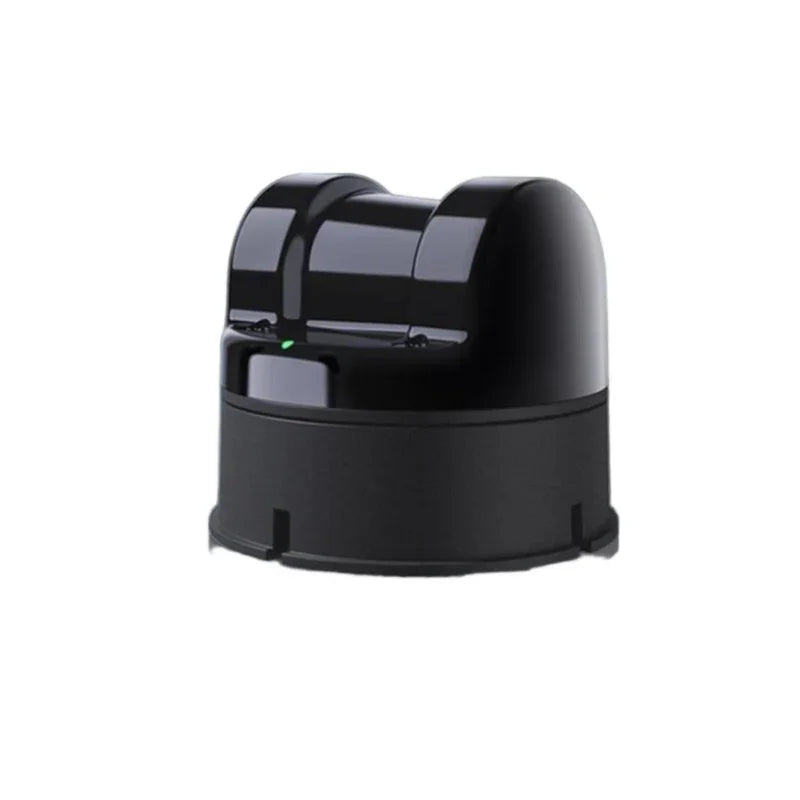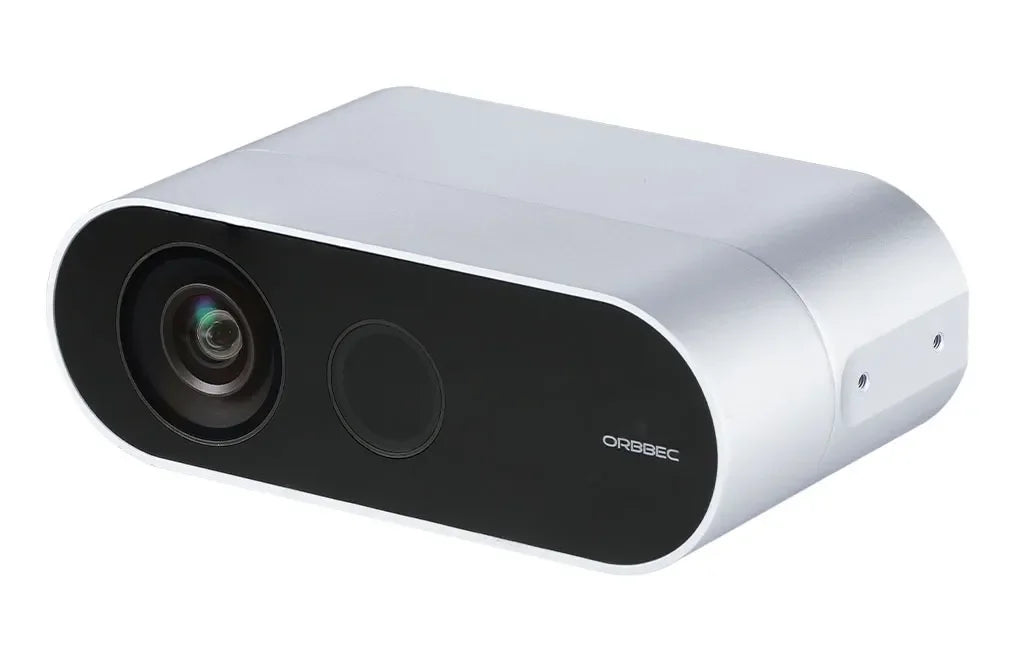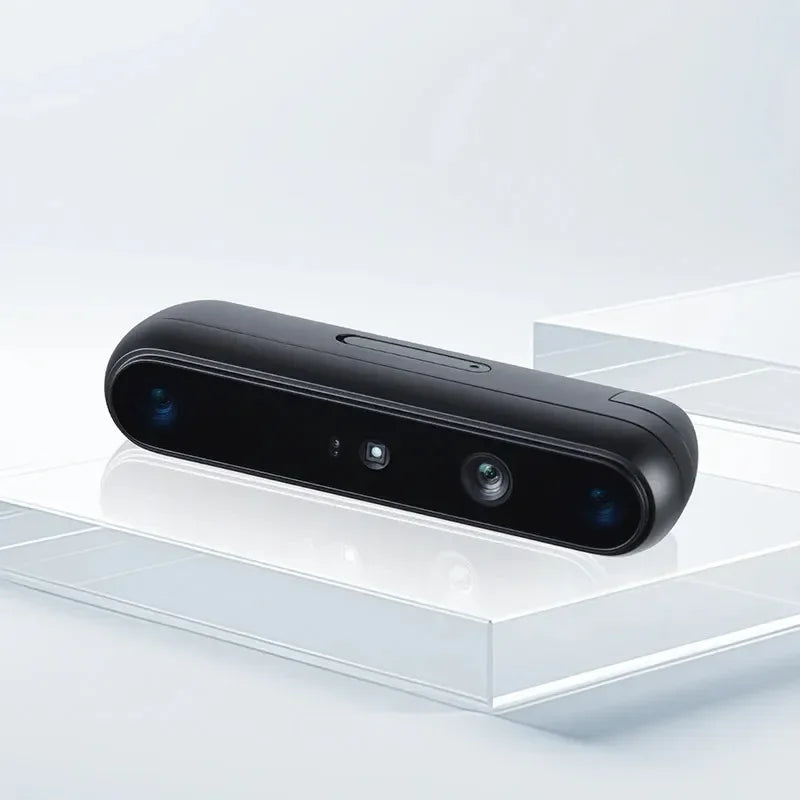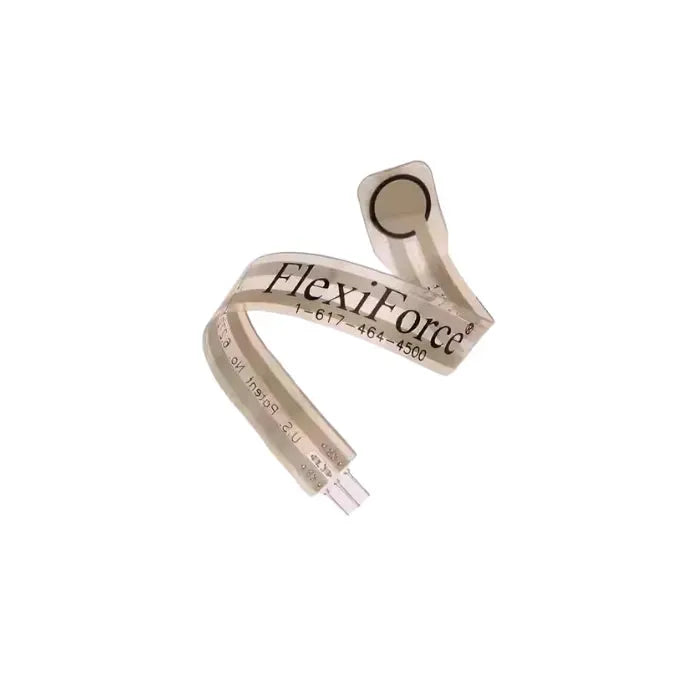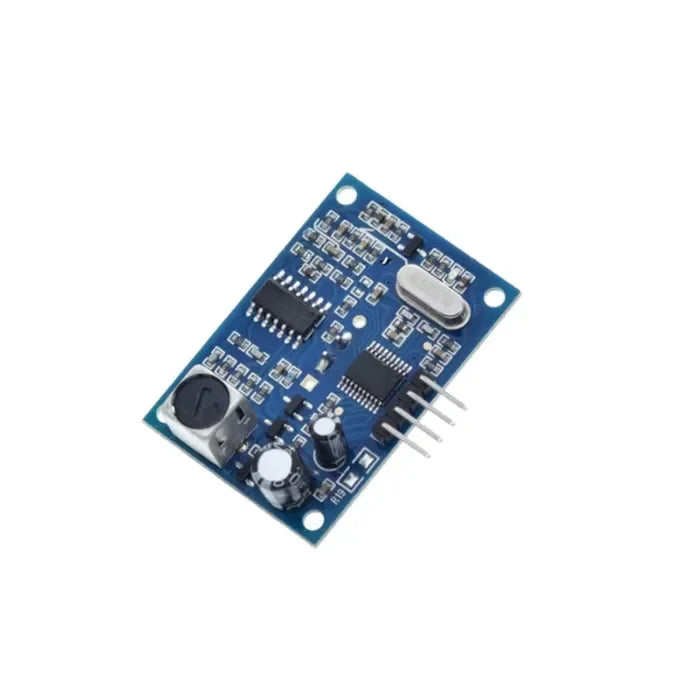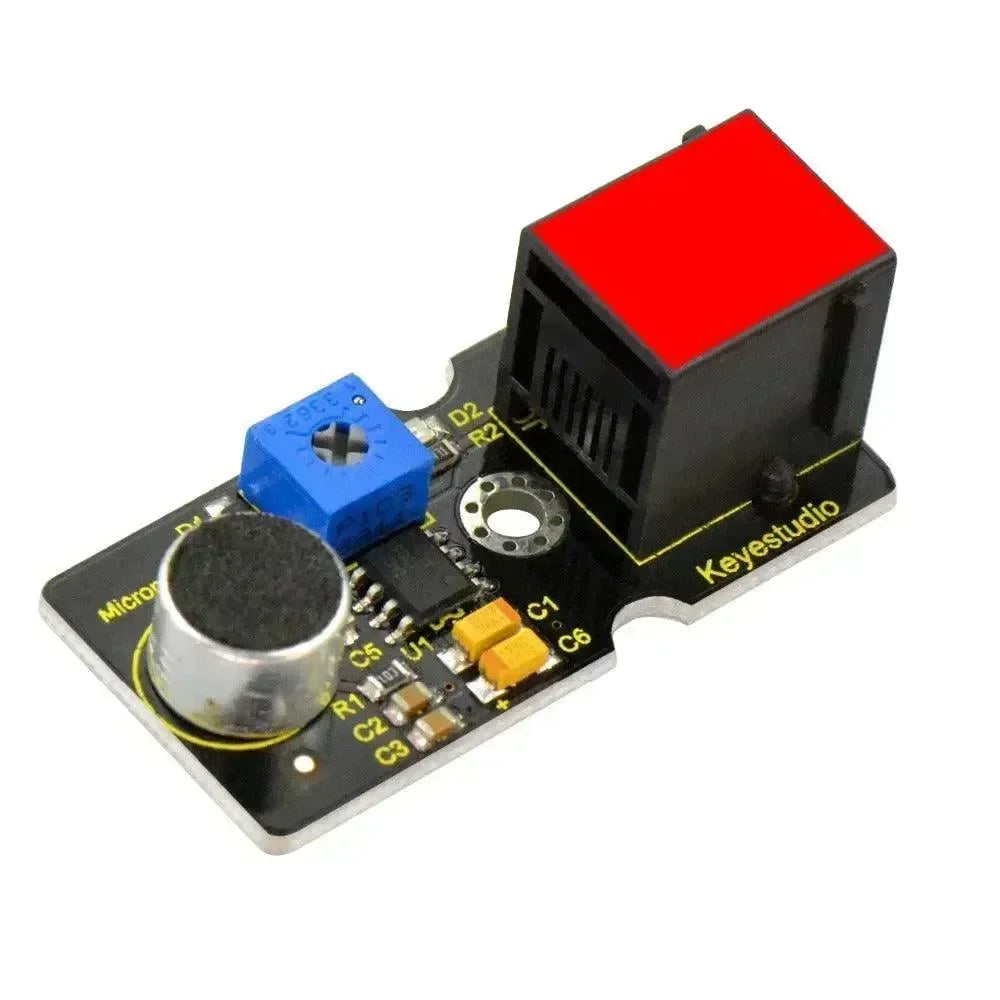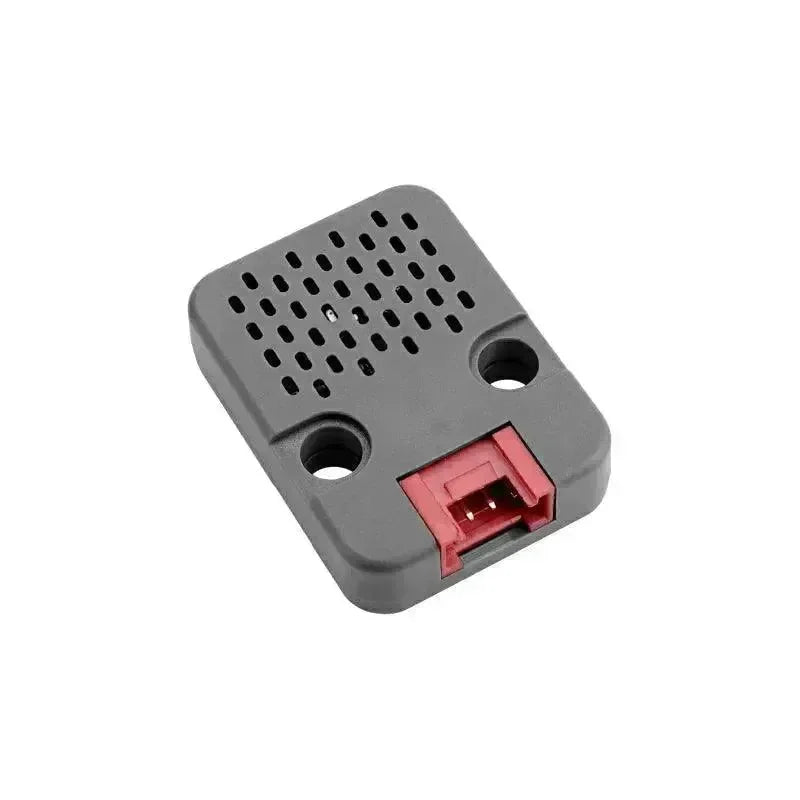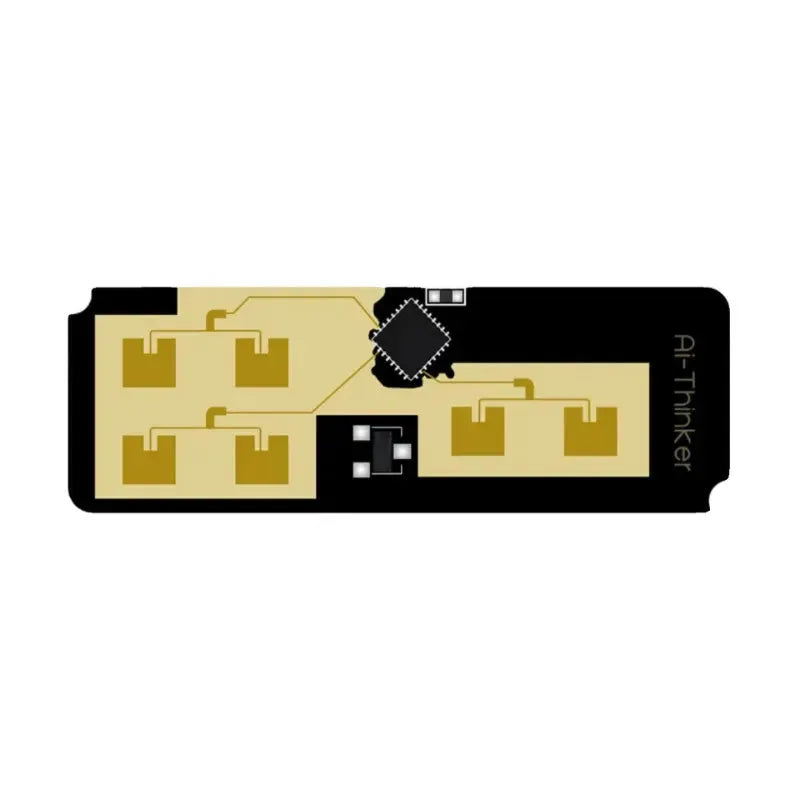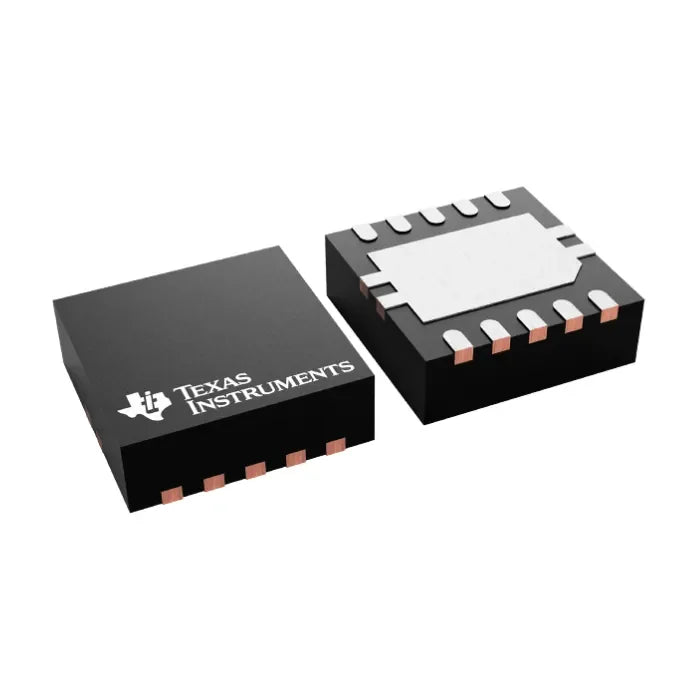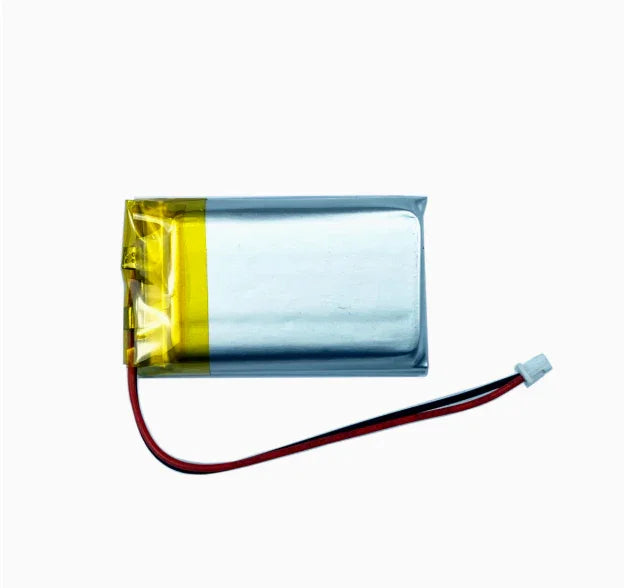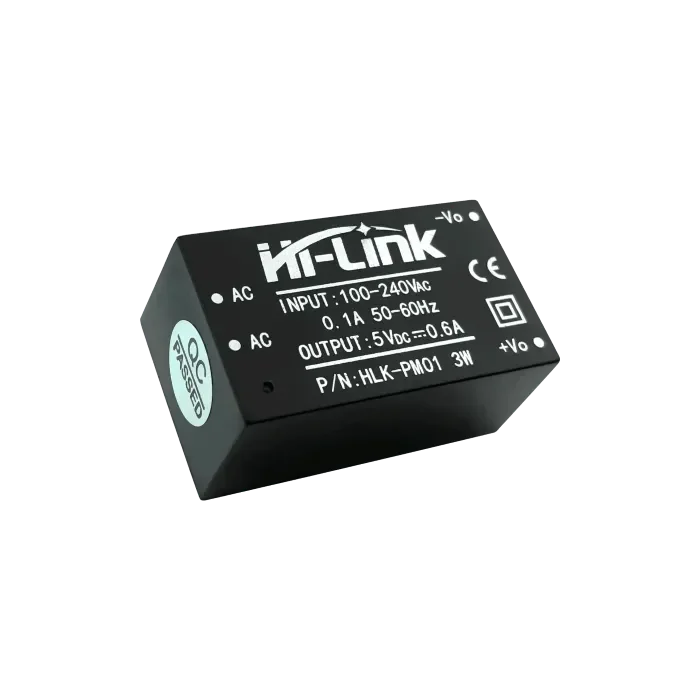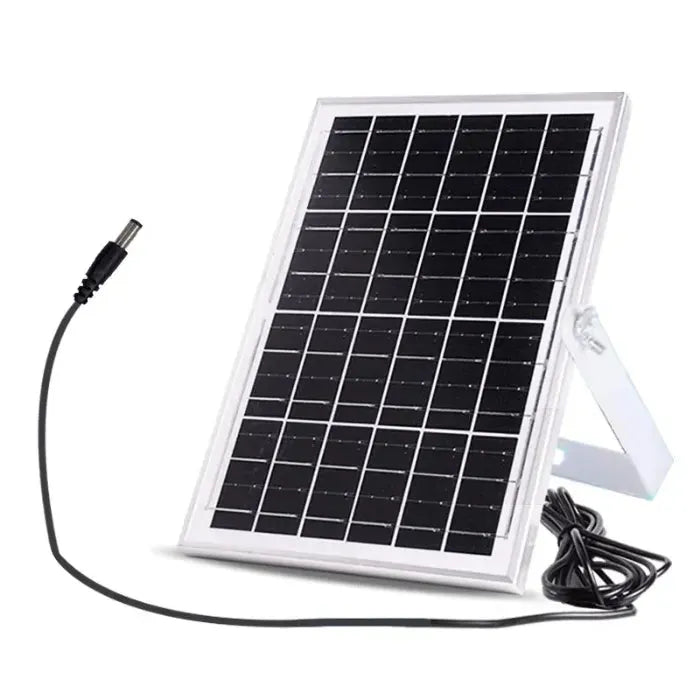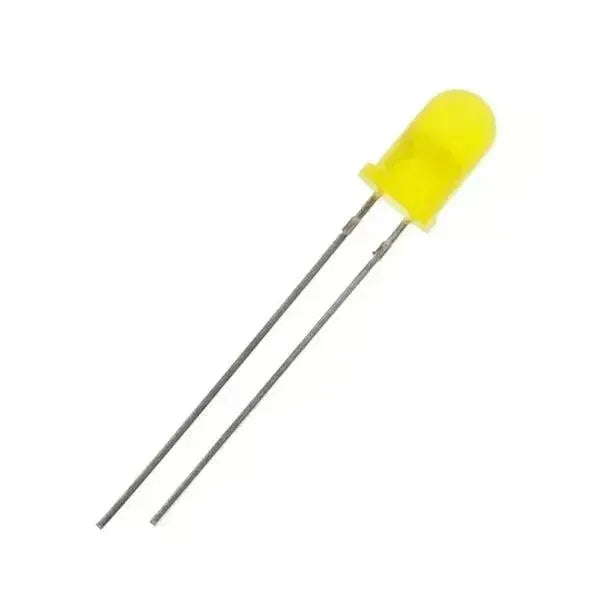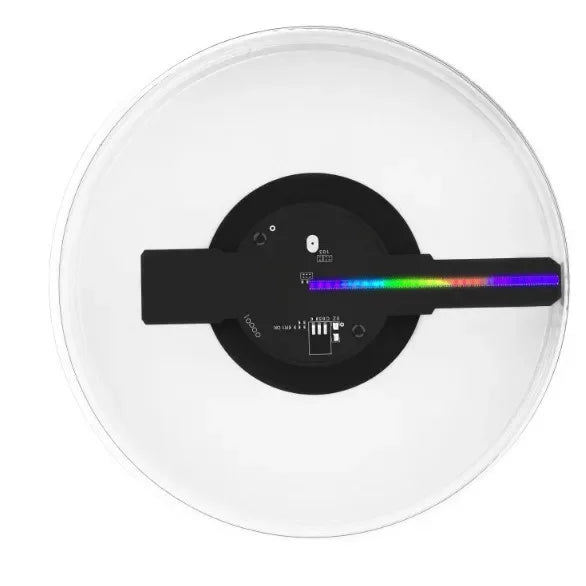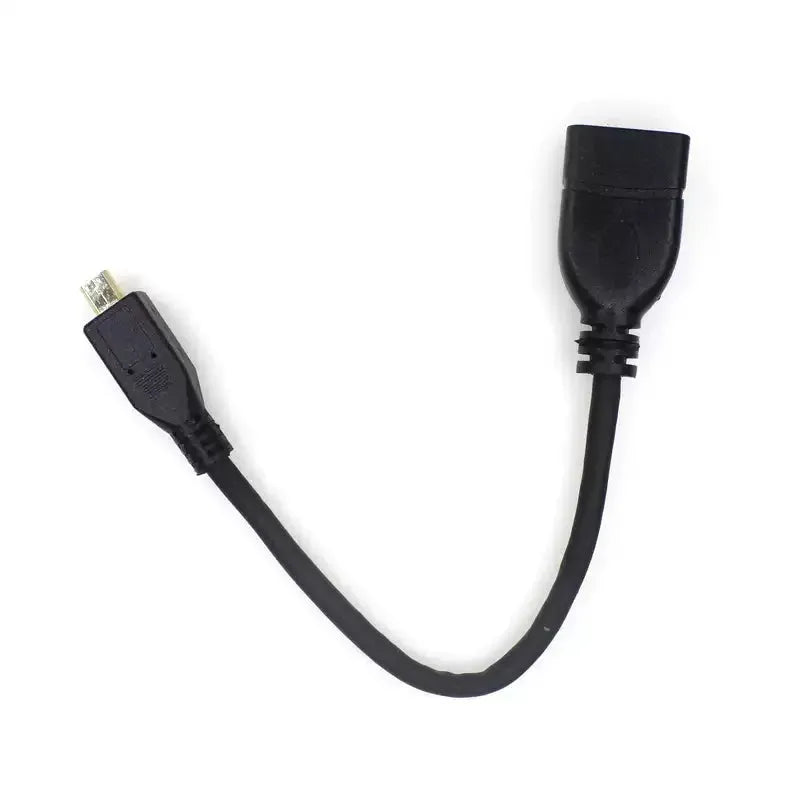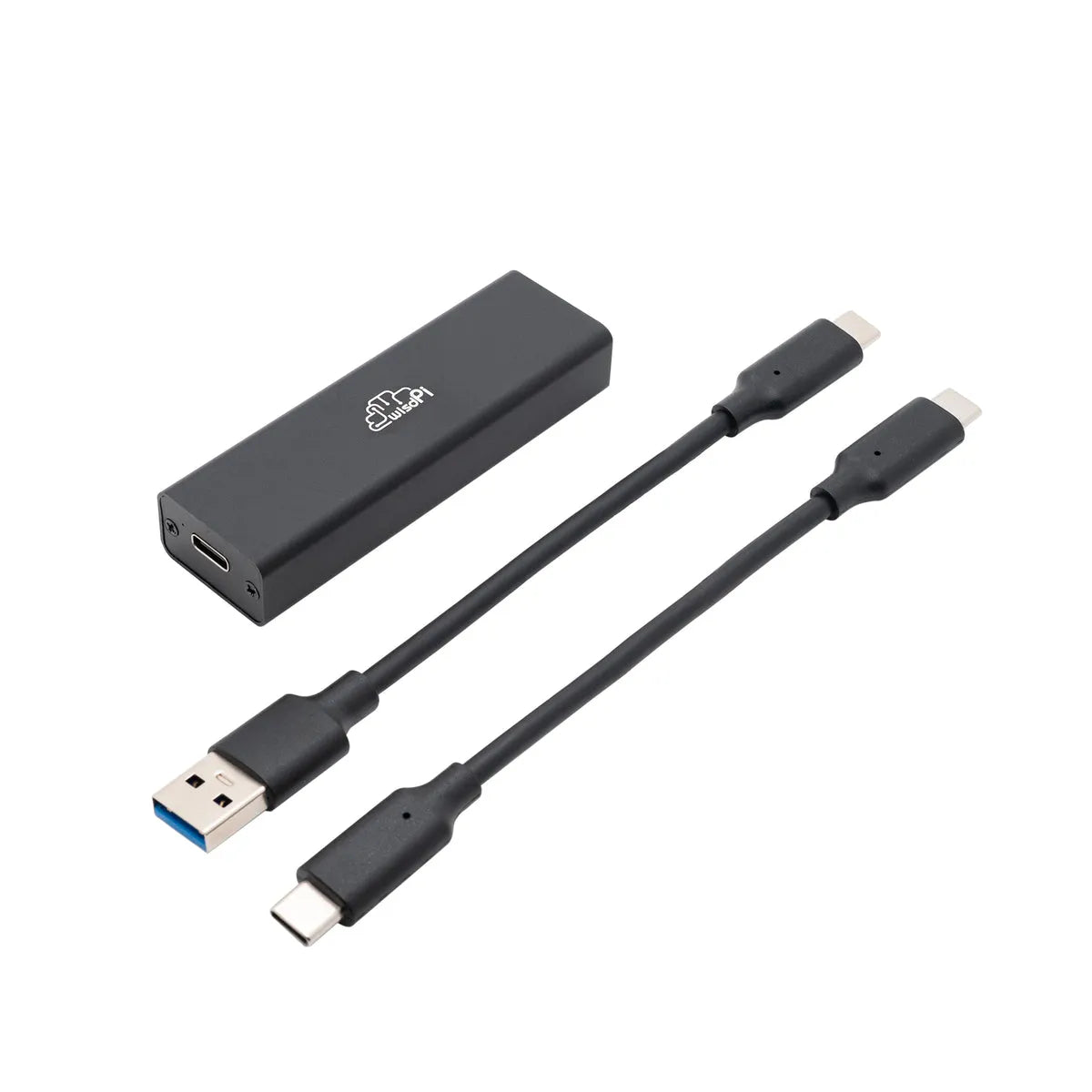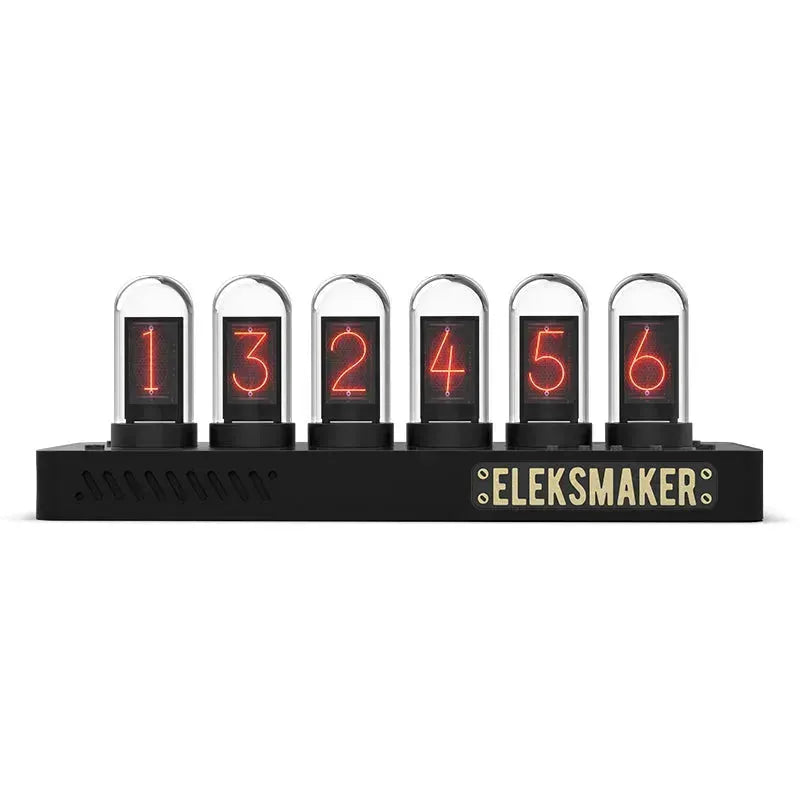Python is currently the most popular programming language and consistently ranks at the top of language popularity lists. Its ease of use, powerful features, and robust object-oriented capabilities have attracted a vast community of developers.
On the other hand, we often encounter MicroPython when exploring microcontroller development. MicroPython is essentially Python tailored to run on microcontrollers like Arduino and ESP32. Developed with open-source hardware in mind, MicroPython’s primary goal is to enable Python developers to complete hardware projects quickly and efficiently without needing to navigate low-level hardware architectures or complex programming languages.

What is Python
Python is a high-level programming language, distinct from low-level languages like C/C++. While these languages are feature-rich, they often lack readability. Python, created in the early 1990s, is both simple and highly readable, yet offers powerful functionality. Like most modern programming languages, Python includes object-oriented features.
One of Python's greatest strengths is its cross-platform compatibility. Developers can create programs that work across a wide range of operating systems. In contrast, cross-platform development in C++ requires writing separate Makefiles for each platform or using tools like CMake to compile code for multiple environments.
What is MicroPython
MicroPython is a streamlined, efficient way to use the Python 3 programming language in embedded systems. While Python is cross-platform, it cannot run directly on many microcontrollers used in the embedded field.
Launched through a successful Kickstarter campaign in 2013, MicroPython was specifically designed to run on microcontrollers and other constrained environments, such as ESP32, Arduino, and STM32. It provides a lightweight runtime environment with an interpreter and essential standard libraries, enabling developers to create embedded applications using the Python language.
Differences
| Feature | Python | MicroPython |
| Purpose |
General-purpose programming language |
Lightweight Python implementation for microcontrollers |
| Target Hardware |
Runs on PCs, servers, and other general-purpose devices |
Runs on microcontrollers (e.g., ESP32, Raspberry Pi Pico, STM32) |
| InterpreIter | Fully-featured CPython interpreter |
Optimized, minimal interpreter for constrained devices |
| Standard Libraries | Extensive standard libraries and modules |
Smaller subset of Python standard libraries |
|
File System Support |
Full file system access (local disk, network) |
Limited file system access (typically flash storage) |
| Execution Speed | Faster execution on general-purpose hardware |
Slower due to resource limitations on microcontrollers |
| Memory Usage | Higher memory consumption (depending on the platform) |
Extremely low memory footprint (designed for limited RAM/ROM) |
| Hardware Access | Can interface with external hardware via libraries like GPIO, serial, I2C, etc. |
Direct hardware control via machine module and others |
| Concurrency | Supports multithreading and multiprocessing |
Limited concurrency, often using interrupts or cooperative multitasking |
| Error Handling | Full exception handling and debugging tools |
Limited debugging tools, fewer exception types |
|
Development Environment |
Rich development tools (IDEs, debuggers, profilers, etc.) |
Typically works with simpler IDEs (e.g., Thonny, uPyCraft) and REPL |
|
Community & Ecosystem |
Large community, abundant resources and libraries |
Smaller, but growing community, embedded systems |
| Deployment | Suitable for desktop applications, web development, and more |
Primarily for embedded systems, IoT devices, and hardware projects |
Python
Python features a straightforward, easy-to-read syntax. Using indentation to define code blocks instead of numerous brackets and semicolons, it enhances code readability. Python is well-suited for object-oriented programming, offering features such as classes, inheritance, and polymorphism. Additionally, Python supports functional programming with tools like lambda functions, higher-order functions, and closures.
Python also boasts a rich standard library along with extensive third-party libraries that span a wide range of applications, from file processing and network programming to database access.
Advantages and Disadvantages
Python
Advantages:
- Simple and clear syntax, making it easy to read and maintain
- Extensive standard and third-party libraries supporting various development needs
- Easy to learn and accessible for beginners and non-professional programmers
- Cross-platform compatibility allows code to run across Windows, Linux, and macOS with minimal modification
Disadvantages:
- Does not support microcontrollers, making it less suitable for embedded scenarios
- Slower than lower-level languages, consuming more resources, which limits its use in embedded systems with resource constraints
MicroPython
Advantages:
- Easy to use and highly efficient, ideal for embedded systems with limited resources
- Simple to learn for developers already familiar with Python, enabling faster project deployment on microcontrollers without needing in-depth knowledge of each device
- Supported by a variety of standard and third-party libraries, covering common embedded scenarios
Disadvantages:
- Some specific Python libraries are unsupported, which can make certain tasks more challenging
- Requires manual memory management
Usage Examples:
MicroPython is excellent for embedded systems and microcontrollers, such as IoT devices and sensors. It provides a lightweight runtime environment, allowing developers to use Python for creating embedded applications. With its efficiency and ease of use, MicroPython has become a top choice for many beginners and embedded system developers.
Summary
MicroPython and Python each offer unique advantages, catering to different development scenarios. MicroPython is ideal for resource-constrained embedded systems and IoT devices. With a simple programming interface and a rich standard library, it enables developers to quickly prototype and debug embedded systems using Python. This makes it a popular language for embedded applications.
On the other hand, Python is widely used across fields like web development, scientific computing, data analysis, and AI. It boasts a vast ecosystem and extensive documentation, providing developers with great convenience. Though Python’s execution speed is slower and its resource consumption is higher, these performance differences are typically acceptable in many applications. As technology advances, Python is likely to improve in terms of both performance and resource efficiency.
As the popularity of the Internet of Things and embedded systems continues to grow, we can expect more widespread adoption of MicroPython. Meanwhile, Python will keep offering significant benefits in various domains, enhancing efficiency for developers. Whether you’re a beginner or a seasoned developer, you can choose the programming language that best suits your project needs.

